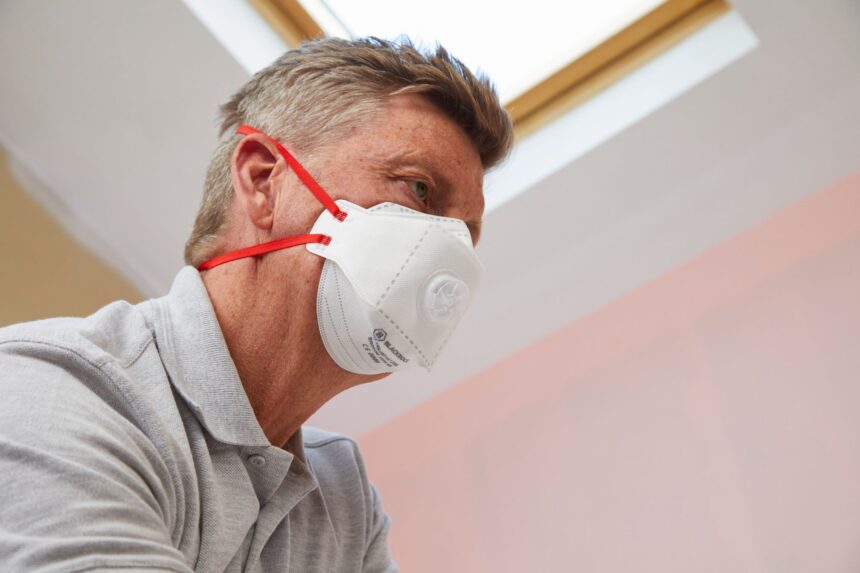Protecting your respiratory health is crucial in various work environments. From construction sites to chemical plants, selecting the appropriate respirator mask can make a significant difference in safeguarding against airborne hazards. This guide will help you understand the key factors in choosing the right kn95 masks and respirator masks for different work environments.
Understanding Respirator Mask Types
Respirator masks are designed to filter out harmful substances from the air, and they come in several types, each suited to specific hazards:
- Particulate Respirators: These masks protect against dust, dirt, and other particulate matter. They are ideal for environments where significant dust is generated, such as construction sites or mining operations. N95 masks are a common example of particulate respirators, offering a high level of protection against non-oil-based particles.
- Chemical Respirators: Chemical respirators are essential for environments where chemical vapors and gases are a concern, such as laboratories or industrial settings. These masks use specialized cartridges to filter out harmful chemicals and are typically used with a full-face shield or half-mask. The choice of cartridge depends on the specific chemicals being handled.
- Combination Respirators: In situations where workers are exposed to both particulates and gases or vapors, combination respirators are the best choice. These masks often feature both particulate filters and chemical cartridges, providing comprehensive protection.
- Supplied-Air Respirators: For environments with extremely hazardous conditions, such as confined spaces or areas with high levels of toxic gases, supplied-air respirators deliver clean air from an external source. These are used in situations where air quality cannot be assured with other types of respirators.
Factors to Consider When Choosing a Respirator Mask
- Work Environment Hazards: Identify the specific hazards present in your work environment. Is it dust, chemical vapors, or both? Understanding the types of contaminants you’ll be exposed to is crucial for selecting the right respirator. For example, a construction worker dealing with silica dust will need a different respirator compared to a lab technician working with volatile chemicals.
- Comfort and Fit: A respirator mask must fit properly to be effective. An ill-fitting mask can lead to air leaks and reduced protection. Ensure the mask is comfortable for extended wear and check for adjustable straps and flexible materials that conform to different face shapes.
- Respirator Ratings and Standards: Respirators are rated according to their ability to filter out specific particles or gases. For particulate respirators, look for N95, N99, or N100 ratings. For chemical respirators, ensure the cartridges are approved for the specific chemicals you will encounter, based on standards set by organizations like NIOSH (National Institute for Occupational Safety and Health).
- Ease of Use and Maintenance: Consider how easy the respirator is to use and maintain. Some respirators require regular filter changes or cleaning, while others might be disposable. Choose a respirator that aligns with your work routine and maintenance capabilities.
- Training and Compliance: Ensure that you and your team are properly trained in using the chosen respirators. Proper usage and maintenance are critical for effective protection. Additionally, compliance with workplace safety regulations and standards is necessary to ensure the respirators meet the required safety criteria.
Conclusion
Selecting the right respirator mask is essential for ensuring safety in various work environments. By understanding the types of respirators available and considering factors such as environmental hazards, fit, and maintenance, you can choose a mask that provides effective protection and comfort. Always stay informed about the latest safety guidelines and ensure that your respirator meets the necessary standards for your specific work conditions. With the right choice, you can significantly reduce the risk of respiratory issues and maintain a safe working environment.






